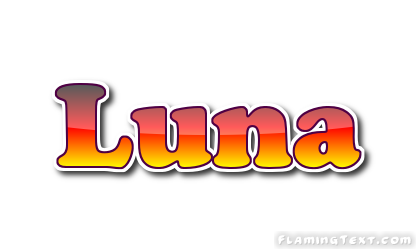
These highlands consist of ancient lunar surface rock known as anorthosite as well as materials thrown out during the creation of impact basins. This ancient crust has been battered by meteorite impacts to produce the rugged highlands we see today. Heavier minerals sank, while lighter ones floated to the top and formed the outer crust of the Moon. As this magma ocean cooled, minerals began to crystallize. Read about the rock's long journey to the Museum Anorthosite: Highland RockĪs the Moon came together, it was mostly or entirely molten. In fact, it was the very first touchable Moon rock exhibit when the Museum opened to the public in 1976.

The rock, on loan from NASA, was collected during the Apollo 17 mission and is one of only a few touchable lunar sample displays in the world. One of the Museum's most enduring and popular exhibits has been a piece of the Moon that you can touch. But it remains frozen in the face of the Moon. This story of the solar system’s early development has been erased on Earth. Its battered and scarred surface records a violent history of explosive impacts and flowing lava.

Lunar samples and data from Apollo transformed our understanding of the Moon and the solar system. The Moon has no wind, rain, rivers, oceans, or active volcanoes. "Jack" Schmitt collects Moon rock samples on the Apollo 17 mission in 1972, the last crewed mission to go to the Moon.


 0 kommentar(er)
0 kommentar(er)
